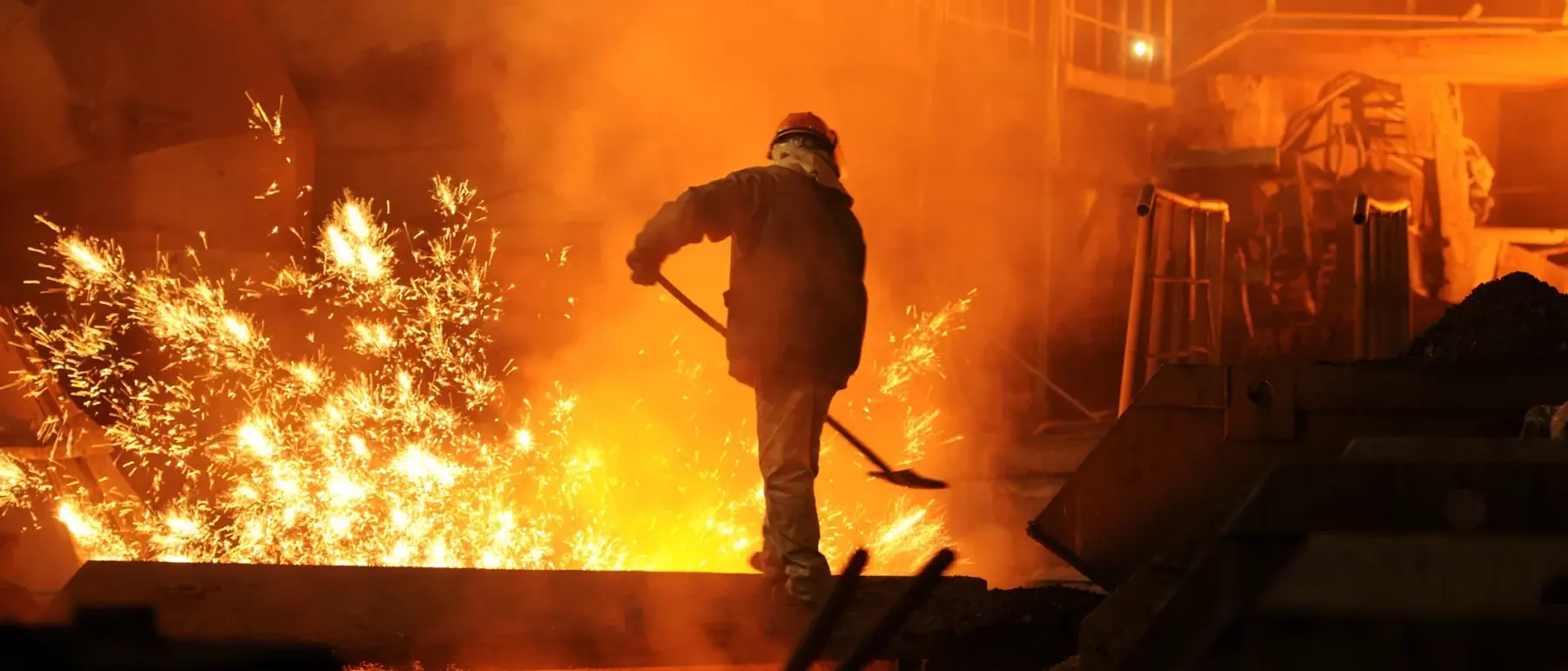
The iron and steel industry accounts for 7-9% of global emissions, making it the second-highest emitting industrial sector after cement. A significant share of these emissions stems from the ironmaking process, where coal and coke are traditionally used to reduce iron ore in blast furnaces. Substituting these fossil-based reductants with green hydrogen presents a viable pathway to decarbonization. Using hydrogen as a reducing agent not only eliminates direct CO₂ emissions but also aligns the sector with global climate goals.
Green hydrogen, produced via renewable electricity, is central to this proposed transition. The study envisions a model green hydrogen-based ironmaking project with an estimated capital cost of USD 9 billion. This ambitious facility would produce green hot briquetted iron (HBI) at a levelized cost of USD 690 per tonne. Although this cost represents a 100% premium over traditional “grey” HBI, it underscores the transformative potential of the project with the appropriate support mechanisms. In addition, with technological advancements, government and industry support, and accelerated adoption, these costs are expected to decrease in the medium to long term.
Key cost drivers include green hydrogen production, estimated at USD 4.84 per kilogram, and clean electricity, projected at USD 45.5 per megawatt-hour. These figures highlight the critical need for abundant, low-cost renewable energy to ensure the project’s viability.
Financing challenges and solutions
Financing a world-scale green hydrogen-based ironmaking plant poses formidable surmountable challenges. The study emphasizes that success depends on establishing a robust commercial structure anchored by long-term contracts. These contracts must address the “green premium” associated with low-carbon iron and ensure a consistent supply of specialized iron ore.
Carbon pricing under existing Emissions Trading Systems (ETS) is unlikely to provide sufficient support for such projects. However, targeted policy interventions, such as carbon contracts for difference (CfDs), can offer fixed price support over extended periods. These mechanisms can help de-risk investments by stabilizing revenue streams, making the project more attractive to capital providers.
Unlike traditional ironmaking plants, which are typically located near fossil fuel resources, green hydrogen-based facilities can be situated in regions with abundant and affordable renewable energy. This flexibility allows industry investors to prioritize areas with low-cost clean electricity, such as solar and wind-rich regions in some lower- and middle-income countries (LLMICs).
The study also suggests the potential to decouple the iron and steel supply chain. Green ironmaking plants could be established in energy-efficient locations, while steel production facilities remain closer to end markets, optimizing logistics and reducing overall costs.
For the global iron and steel industry to embrace green hydrogen technologies, supportive policy frameworks will be essential.
Key recommendations include:
Establishing long-term purchase agreements to secure market demand for green iron products.
Developing infrastructure for renewable energy and hydrogen production in regions hosting these projects.
Creating financial incentives and mechanisms to bridge the cost gap between green and grey iron production.
As the world shifts toward net-zero emissions, projects like this offer a promising roadmap for reducing emissions in hard-to-abate sectors. They also offer LLMICs an opportunity to become pivotal players in the low-carbon economy by leveraging their renewable energy resources.
By addressing the emissions-intensive ironmaking process head-on, this research paves the way toward a sustainable and decarbonized future in one of the world’s most essential industries.